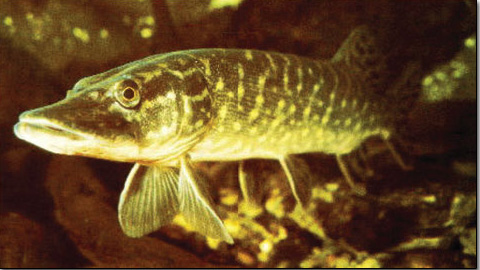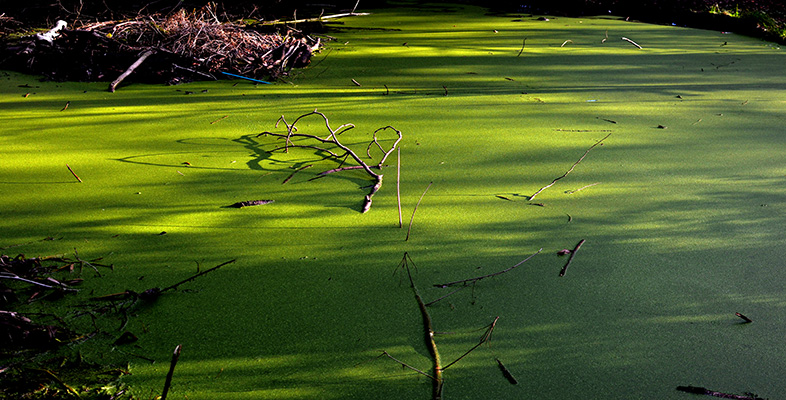2 Effects of eutrophication
Introduction
A number of biological changes may occur as a result of eutrophication. Some of these are direct (e.g. stimulation of algal growth in water bodies), while others are indirect (e.g. changes in fish community composition due to reduced oxygen concentrations). This section summarizes some of the typical changes observed in aquatic, marine and terrestrial ecosystems following eutrophication.
Some typical changes observed in lakes following artificial eutrophication are summarized in Table 2.1. Similar characteristic changes are observed in other freshwater systems.
| • Turbidity increases, reducing the amount of light reaching submerged plants. |
| • Rate of sedimentation increases, shortening the lifespan of open water bodies such as lakes. |
| • Primary productivity usually becomes much higher than in unpolluted water and may be manifest as extensive algal or bacterial blooms. |
| • Dissolved oxygen in water decreases, as organisms decomposing the increased biomass consume oxygen. |
| • Diversity of primary producers tends to decrease and the dominant species change. Initially the number of species of green algae increases, causing temporary increase in diversity of primary producers. However, as eutrophication proceeds, blue-green bacteria become dominant, displacing many algal species. Similarly some macrophytes (e.g. bulrushes) respond well initially, but due to increased turbidity and anoxia (reduced oxygen) they decline in diversity as eutrophication proceeds. |
| • Fish populations are adversely affected by reduced oxygen availability, and the fish community becomes dominated by surface-dwelling coarse fish, such as pike (Esox lucius, see Figure 2.1) and perch (Perca fluviatilis). |
| • Zooplankton (e.g. Daphnia spp.), which eat phytoplankton, are disadvantaged due to the loss of submerged macrophytes, which provide their cover, thereby exposing them to predation. |
| • Increased abundance of competitive macrophytes (e.g. bulrushes) may impede water flow, increasing rates of silt deposition. |
| • Drinking water quality may decline. Water may be difficult to treat for human consumption, for example due to blockage of filtering systems. Water may have unacceptable taste or odour due to the secretion of organic compounds by microbes. |
| • Water may cause human health problems, due to toxins secreted by the abundant microbes, causing symptoms that range from skin irritations to pneumonia. |
In oligotrophic systems, even quite small increases in nutrient load can have relatively large impacts on plant and animal communities.

